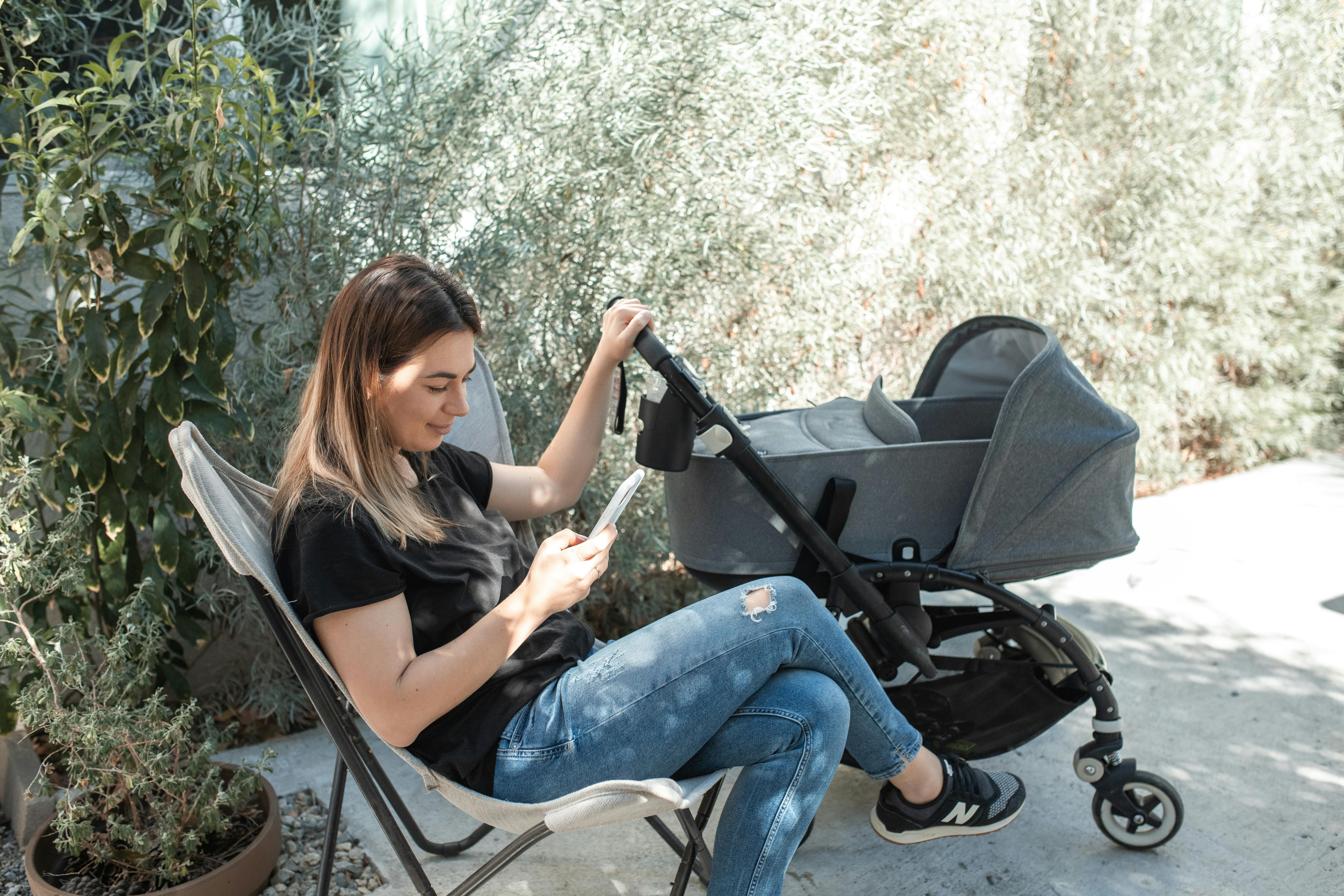I worked in the restaurant business for over 15 years and what I liked the most about my job was the interaction with new people … lots of new people!
For six years I ran a very busy restaurant on Manhattan’s Upper West Side with only 30 tables. With an average of 4 customers per table, a quiet night could mean more than 120 people! But since the goal is to turn things around – seating as many customers as possible in one night – it took a bit of finesse, but it also meant more than 300 people would be seated at times.
Hard work, yes, but we were rewarded with bonuses that made it worth the effort.
My partners Jack and Steve were amazing when it came to getting people to wait “a few minutes” for their reservation. While the people from the reservation were in “limbo” waiting at the bar, we sat down to the neighborhood “walk-ins” who might not have expected.
I was the sugar and spice manager who would befriend the customers who were dining, make sure they had everything they needed, and then rush them when the bill came. It would also calm the people waiting at the bar. He chatted with them and introduced them to the other people who were waiting in limbo.
With ample opportunity to hone my introductory skills, I found that the simplest approach was often the best. A simple introduction. Nothing more and nothing less.
After a while, word got out that this was a great place to meet people. Sometimes up to thirty percent of the people I introduced ended up giving up their reservation entirely, in favor of eating at the bar with their new friends.
Business was booming, waiters were happy to hand out a check for $ 50 to $ 100 to a customer instead of closing a $ 20 account for two martinis.
To make it more personal, I’d keep a mental note (and a backup book) of the information about our regular customers. Greet them by name and sometimes their drink of choice if the table was going to be a long wait.
People loved me, but they loved being treated with VIP status more than anything. I asked about wives, children and vacations. I remembered birthdays, favorite foods, sports teams and regularly offered to buy flowers on behalf of the regular customer who was late, but more importantly, I remembered people’s occupations.
Knowing people’s business or career choices was powerful information for me. Being able to network for people and help them create more business or more business contacts became my strength. Increasingly, people called to find out “who” would be at the restaurant when they used to call to find out the specials.
The restaurant vibrated with a different feeling when he worked. Now strangers chatted in the bar, seated guests exchanged criticism about their current meals or movies, and people passing by were exchanging business cards. My introductions brought friends to introduce friends and they all seemed to know each other.
Before and after our opening hours, the distributors came in and asked us to taste wines, coffees, meats, cheeses and spices. We all had a pretty solid knowledge base when it came to wine and our chef helped us understand more about pairing food with wine.
One day I was sitting with our wine dealer, David, and tasting a wonderful California pinot noir. With my nose buried in the glass I said “on the nose”, it reminded me of the ocean breeze. “Swirling” I said, “Wow! Now the berries are really coming out!” After taking a small sip and rolling it around my mouth for about 5 seconds, I said:
“Good mouthfeel, not too dry or flabby.” After a minute it occurred to me that I was still testing it. When I mentioned that it seemed like a long finish to a pinot noir, he laughed. When he finally stopped, he said, “OMG! You really do know your wine!”
For the next twenty minutes, David told me how great I would be at a job like his.
We finished about twenty minutes after I didn’t ask for anything new. When we joined hands to say goodbye, he gave me an extra shake and said, “Think about it. You would make a lot of money.”
I thought so. I thought about it until the waiter told me that the ice machine was broken. Then I thought about it until one of my waiters told me that he had forgotten his black shoes and asked if it could be his dirty sneakers tonight. Then I thought about it until I realized that one of my bus boys hadn’t arrived yet and we were almost out of napkins and Pepsi. It was then that I realized that I didn’t have time to think about it.
Later that night, I was doing my usual “Hostess-with-the-Mostess” routine when someone commented, “I wish I could hire you to follow me and introduce me to new people all day!” (Flattering, yes, but not my first career choice.) And although it was not the first time I had heard some variation of this compliment, it was the first time I had heard it.
Between David’s comment and this new one, it occurred to me that it might be the formula for a simple new business; Introducing people to new people while introducing them to new wines. Help people network and get comfortable with “wine talk” at the same time.
What David didn’t know was that I didn’t know much about wine at the time. I didn’t know anything about the terroir, the character of the grape varieties, the winemaking process, large regions vs. the average ones, etc. I knew what I liked and could describe what I smelled and tasted like. Simple. Now, after having my own wine tasting business for almost two years, I can tell you that I didn’t know anything back then compared to what I know now.
I have read many books related to wine. I receive wine items daily by email. I subscribe to Wine Spectator magazine and Wine Enthusiast. I am a member of the American Wine Society and have a wine related Meet-up group with over 1200 members. I read and post on wine-related message boards, write articles for wine-related websites, and host twice-monthly wine tasting events that sometimes attract more than 100 wine enthusiasts.
With all the knowledge and opinion about the wine I’m exposed to every day and everything I’ve learned, wine tasting still comes down to: know what you like and describe what you smell and taste.
For those of you who are intimidated by wine and wine tasting, keep this in mind: wine is fun. Tasting many different wines and talking to new people about what they smell and taste is not only fun, relaxed and educational, but it will help you increase your vocabulary and your confidence in “wine talk”.
Keep your expectations for wine events simple: 1.) Smell the wine. Take a deep breath with your nose into the glass. See if you can find particular “notes” or flavors floating around. 2.) Stir the wine. Holding the stem of the glass, “O” the glass faster and faster until the wine resembles a small swirl. Smell the wine again. Now it should be MUCH more fragrant! (“On swirl”) 3.) Taste the wine. Drink a small amount and roll it over your tongue. How does the “mouth” feel? Is it super dry? (“Too tannic”) Not dry enough? (“Flaccid”)
What are some of the flavors you taste? Are there any signs of blackberries or blueberries? Can you taste the grass? How about leather, pencil lead, or vanilla?
You may not taste anything but wine for months until one day you will smell and taste that taste that everyone is talking about. Don’t be hard on yourself. You can’t learn French in just one class! You also shouldn’t expect to identify flavors right away. 4.) Swallow the wine. Is it a long-lasting flavor? Did it linger after sixty seconds for a “long ending” or did it disappear immediately? Which prefer?
Those are 4 easy steps to follow. I would add that you should also look at your wine. Holding your glass to the light or a cocktail napkin may seem like a chore at first, but whether you’re buying a bottle of wine for yourself or boxes to stock your restaurant, you want to know everything about your purchase. Young reds, those from the last 2002-2007 vintages, will be more opulent and colorful. Some young white wines are vibrant and bright, some almost colorless! Older vintages will begin to “show” their age. Red wines begin to lose that fire and have a more mellow tone. With age, they will slowly exhibit a more brownish hue. Whites will also soften in color and “show” some shades of orange / brown instead of vibrant yellows.
During the process of looking at your wine (which you can do before or after any of the above steps) you should also look at the “legs”. To do this, simply tilt the glass on its side so that the wine rolls almost to the edge of the glass. Then let the wine return to the bottom of the glass. Holding it back to the light you want to see where the wine has been. Is there still wine stuck to the glass, slowly going down? (Medium to “full” bodied wines do this.) Or did the wine leaf go down and back to the bottom of the glass, leaving virtually no trace on the side? (Light-bodied wines do this).
My simple approach to wine and people: Know what you like. Describe what you smell and taste. Introduce people to each other and the rest will take care of themselves.


